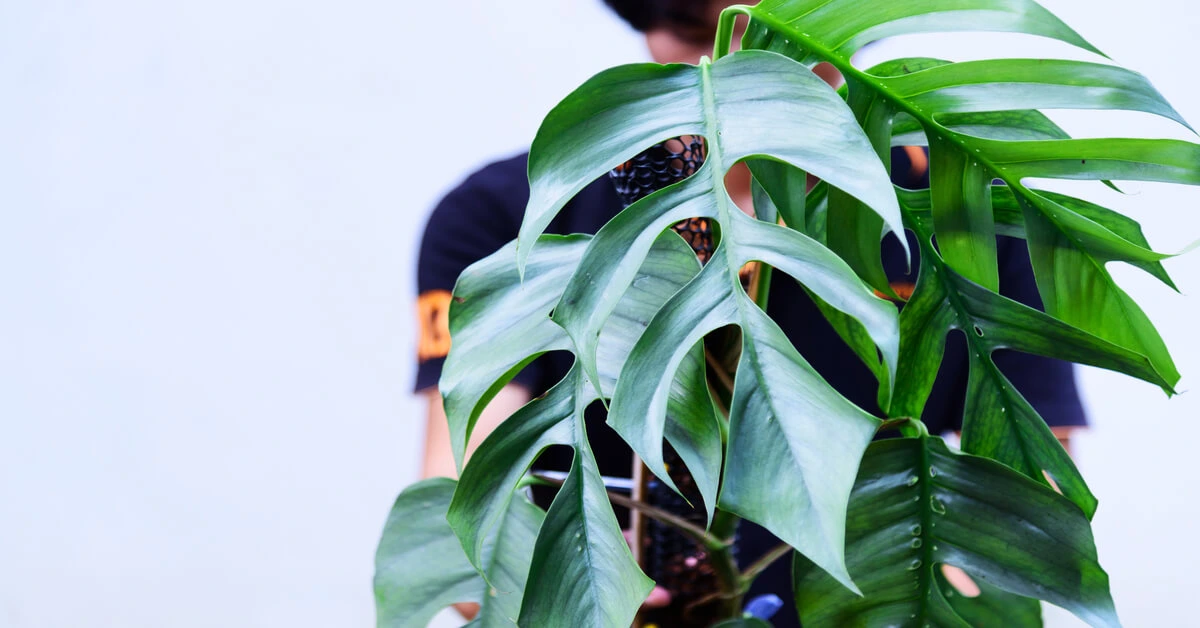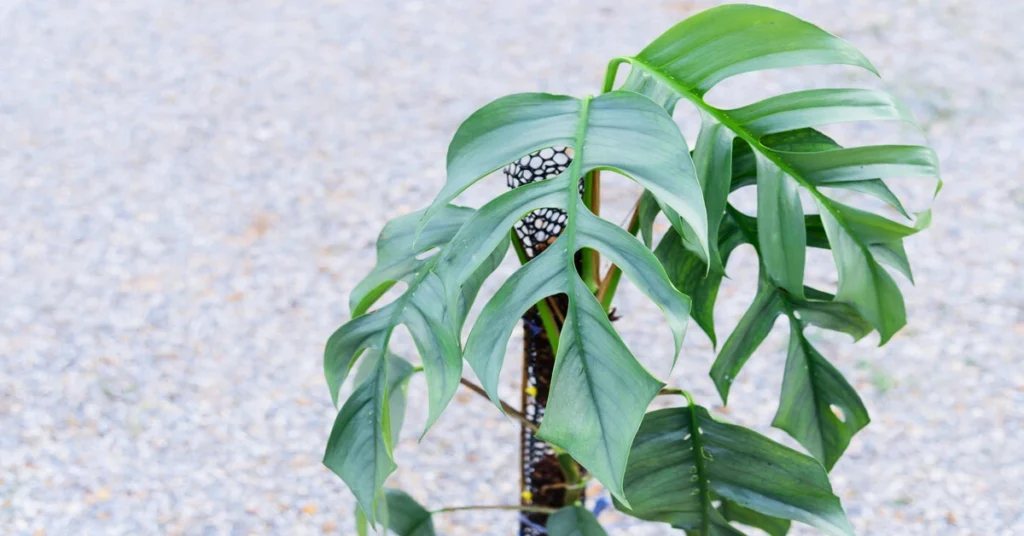Dragon Tail Plant, scientifically known as Epipremnum Pinnatum, is a popular indoor plant for green thumbs and novice gardeners alike. This plant’s versatility and intriguing leaf structure, which resembles a dragon’s tail, make it a beautiful addition to any indoor space.
Dragon Tail Plant Care Guide

Our complete care guide section is dedicated to helping you understand what this stunning plant needs. We discuss the ideal conditions that enable the epipremnum pinnatum to grow best.
Soil
This plant thrives in a well-draining potting mix. These plants prefer soil that keeps their roots firmly in place while allowing excess water to drain away quickly.
As such, we recommend a potting mix that contains a good proportion of perlite or sand, which promotes drainage and aeration. Remember, poor drainage can lead to root rot, a common issue for these plants.
Watering
When it comes to watering, the Dragon’s Tail plant is flexible. We suggest allowing the soil to dry out slightly between waterings. A rule of thumb is to water the plant thoroughly until water runs out of the drainage hole and then let the soil dry before the next watering.
This method ensures the roots get the hydration they need without becoming waterlogged. Always remember overwatering can be more detrimental to the plant than underwatering.
Lighting
Dragon Tail plants grow under the cover of larger plants and trees in their natural habitat. Therefore, they thrive in indirect light conditions indoors.
Exposure to bright, direct sunlight may cause the foliage to fade or burn. Hence, a shaded spot with plenty of ambient light is ideal.
Humidity & Temperature
As a tropical plant, the Dragon Tail appreciates a humid environment—humidity levels of 50% or more mimic its native habitat. A pebble tray with water or a room humidifier can help maintain these levels.
The plant prefers temperatures between 16-24°C (60-75°F). As with most houseplants, avoid sudden temperature drops and drafts.
Fertilizing
These plants are not heavy feeders, so a light application of a balanced houseplant fertilizer every month during the growing season (spring and summer) is sufficient.
In the dormant winter months, we recommend reducing the fertilizing frequency.
Propagating
One of the joys of Dragon Tail plant care is its ease of propagation. Stem cuttings with 2-3 leaves are ideal. Remove the lower leaf and place the cutting in a jar of water until roots have grown, then pot up in moist soil. This method is a great way to produce new Dragon’s Tail plants.
Diseases & Pests
Dragon Tail plants are susceptible to common pests like spider mites, aphids, and mealybugs. Regularly inspect the undersides of leaves and keep the plant clean.
Diseases typically result from overwatering, leading to root rot. Ensure good drainage and avoid waterlogged soil to prevent this.
Toxicity
While the Dragon Tail plant is a treat for the eyes, it is unsafe for consumption. It’s worth noting that this plant is toxic if ingested, causing symptoms such as mouth and throat irritation. Keep it out of reach of pets and children.
Conclusion
In summary, Dragon Tail plant care involves striking the right balance in watering, lighting, and feeding while creating a humid environment.
With these care tips, your Dragon Tail plant can grow to become a majestic addition to your indoor plant collection.


